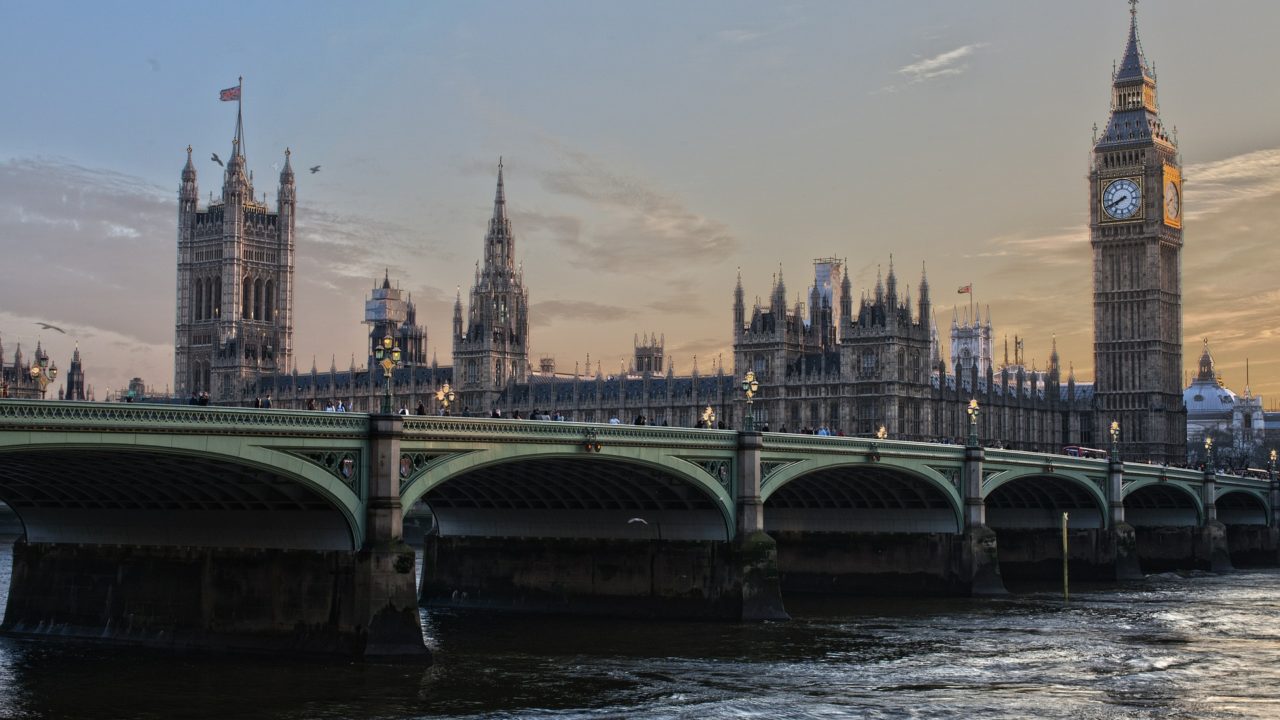Strong and Stable? Reflections on the Direction of Government Policy
Graham Donelan, University Secretary at Liverpool Hope University, reflects on the results of the recent General Election, and the impact of the current political climate on the higher education sector.


Whilst the higher education sector feels like it has been through quite a turbulent period over the past two years or so – the White Paper, Higher Education & Research Bill/Act, Stern Review, TEF, EU Referendum – the general thrust of government policy seemed quite clear. Student choice, marketisation, new providers, less regulation (yeah right) were the order of the day and it was only in the detail that there was much interest.
More of the same was promised by the Conservative Party’s manifesto for the General Election on 8th June 2017. Those assumptions became very precarious as the gap in the opinion polls narrowed and the prospect of the large Conservative majority not materialising began to loom large. Some commentators even ruminated on the prospect of a Labour government throwing everything up in the air with the most eye-catching policy change being the tearing up of the current funding system for teaching.
In the end, that did not happen of course and, at least until October, the sector can settle back into its comfort zone with Jo Johnson back as the Minister and TEF results to be published, albeit a little later than expected (probably). Universities UK have now produced a briefing on the implementation of the Higher Education & Research Act.
However, the mere prospect of such a radical change of government brought into focus how the risks and opportunities facing higher education do need to take into account government policy. The established sector may all be autonomous institutions with widely varying proportions of their income coming from the public purse and the alternative providers are even more likely to be independent of government. But, and it is a big but, the direction of government policy and its consequent compliance or regulatory requirements matter a lot to institutions.
RSM undertake an annual review of risk registers across their clients in higher education and whilst Finance is consistently the top risk, government funding/policy provides a large element of those “finance risks”. Digging deeper into that analysis, one can see that government policy affects many of the top level risks, e.g. international numbers (UVKI, EU), research (Stern, EU) but it is interesting, and perhaps concerning, that the specific risk relating to government policy does not seem to appear as a discrete risk. If the risk is not named, the necessary actions in response might not be identified within institutions and the impact of the risk therefore not mitigated.
What might the responses be? I would argue that institutions – at a senior level – have to scan the political horizon constantly. This can be at a local, regional, national or international level, but senior colleagues ought to have this as a daily priority. AHUA is naturally a very useful resource, but other organisations like WonkHE and HEPI provide commentary on and analysis of the issues of the day. The more formal sector bodies like UUK and even HEFCE provide the necessary information to help senior teams manage the risks associated with government policy and regulation.
In summary, whilst many of the AHUA blogs on the theme of Government Policy and Regulation have focused on a particular policy or regulation, the overall impact of all government policies on universities and the risks facing them is something that we should keep in mind as we continue to wonder what will happen next in wonderful world of national politics.
